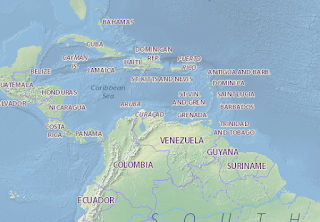Today students brainstormed some more memories that they might use for flashdrafting personal narrative. In your Writer's Notebook, create a "Cast of Characters" from your life so far. I shared photos of my parents, my brother, my dog, and my grandparents, along with a couple of stories that the photos prompted for me. Then, create some "Top 10 Lists". These can be your "Top 10" of anything: Places you like to eat, trips you have taken, people to write a letter to, things that make you crazy, things you like to do with your friends on the weekend... You choose the list topics, but make 2 or 3 lists of things. These may become rich "food" for narrative writing next week.
